Presents another find from the

TARZANA TREASURE VAULTS

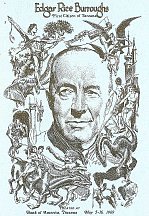 |
TARZAN OF THE APES by Edgar Rice Burroughs PICTURIZED BY HAROLD FOSTER |
 |
|
|
2. The Massacre 3. The Decision 4. Eyes of the Jungle 5. Building a Home 6. Noises of the Jungle |
14. Baby is Adopted 15. The Death Dance 16. Tarzan's Fight 17. The Storm 18. Lion Lassoing |
26. Gets His Man 27. In the Village 28. The Fight 29. 30. |
38. 39. 40. 41. 42. |
50. 51. 52. 53. 54. |
|
8. Fight for Life 9. A New Danger 10. Greystoke Left Alone 11. The War of Apes 12. Greystoke's Last Stand |
20. Tarzan's Discovery 21. Tarzan's First Fight 22. Tarzan's Education 23. The Invaders 24. Tarzan's Tragedy |
32. 33. 34. 35. 36. |
44. 45. 46. 47. 48. |
56. 57. 58. 59. 60. |
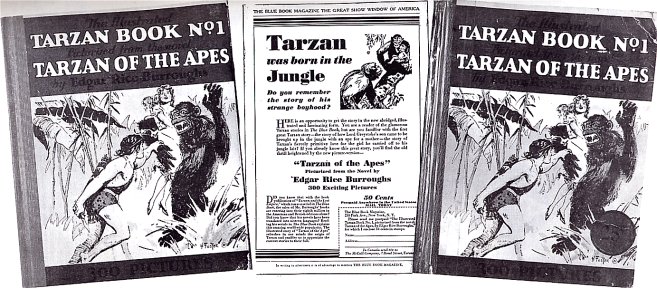
Reprinted in 1934, the new printing did not have a dust jacket and printed the Foster cover illustration on both the front and back board covers. The cloth reinforced spine was replaced by a green paper spine and the price, 25 cents, is encircled on the front cover. The book consists of 76 pages with four of the illustrations dropped, one each which appeared on pages 76 through 79 of the first printing. Although the blurb on the cover claims 300 pictures it contains only 296. |
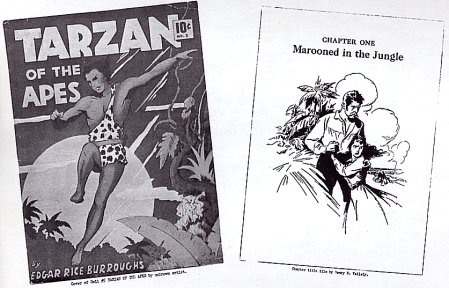
No. 5 Cover - Artist Unknown ~ Chapter Title Illo by Henry E. Vallely TARZAN OF THE APES by Edgar Rice Burroughs. Large Feature Comic No. 5. Dell Publishing Co. New York. 1938. Illustrated by Harold Foster and Henry E. Vallely. Paper covers. 8-1/2 x 11-3/8". 72 pages. 10 cents. |
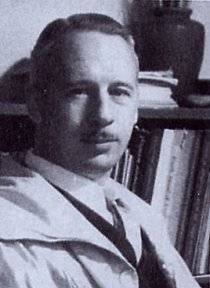 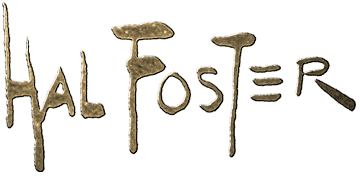
The Harold Foster Tribute is featured at ERBzine 0802 |
|
![]()

![]()
Send
all correspondence to
WEBMASTER:
BILL HILLMAN
ERB
Text, ERB Images and Tarzan® are ©Edgar
Rice Burroughs, Inc. - All Rights Reserved.
Trademarks
JOHN CARTER, WARLORD OF MARS ~ BARSOOM ~ TARZAN
and
all associated characters and their distinctive likenesses are owned by
ERB, Inc.
No
part of this Web site may be reproduced without permission.